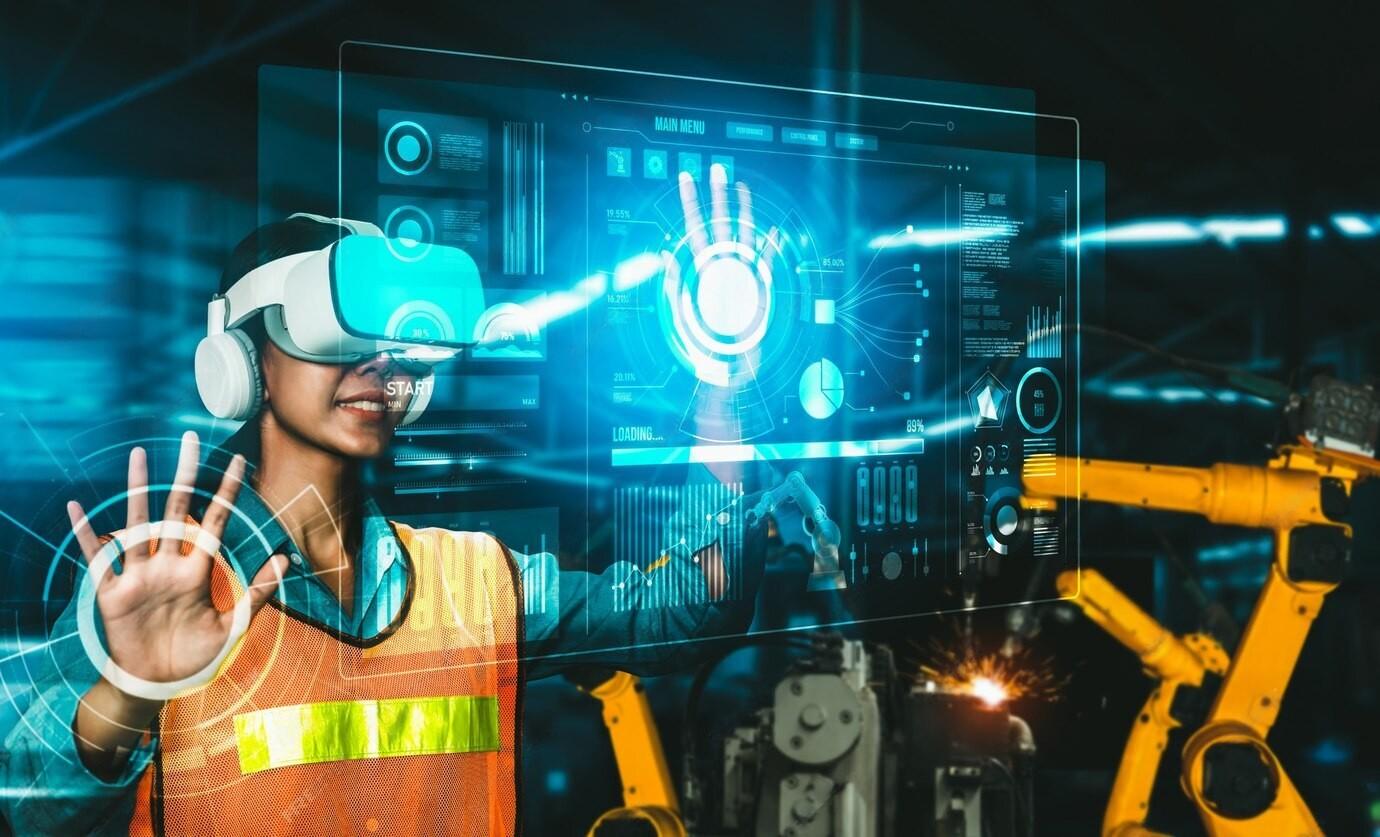Virtual Reality Safety Training has transcended its entertainment roots and entered the realm of employee safety training, providing a revolutionary approach to on-site safety. In this article, we will explore how Immersive Safety Training, powered by VR, is reshaping traditional safety practices and ensuring a safer work environment for employees.


Introduction
Employee safety is a top priority for businesses across industries. As technology evolves, so should our methods of ensuring the well-being of those on the job. Traditional safety training, while essential, often falls short in terms of engagement and long-term impact. Enter Virtual Reality, a game-changer in the field of safety education.
Traditional Safety Training Challenges
Traditional safety training methods, such as classroom sessions and instructional videos, have limitations that hinder their effectiveness. The passive nature of these approaches often leads to low retention rates among employees. There is a growing recognition of the need for more engaging and interactive training methods to address these challenges effectively.
Enter Virtual Reality (VR)
Virtual Reality, commonly associated with gaming and entertainment, offers a simulated environment that replicates real-world scenarios. In the context of safety training, VR allows employees to immerse themselves in lifelike situations, providing a hands-on experience without real-world consequences.
Advantages of Immersive Safety Training
Realistic Simulations for Hands-on Experience
One of the primary advantages of VR-based safety training is the ability to simulate on-site scenarios realistically. Employees can engage in hands-on exercises without being exposed to actual risks. This approach enhances the learning experience and prepares individuals for real-world challenges.
Enhanced Retention of Information
Studies have shown that immersive experiences significantly improve information retention. Employees are more likely to remember safety protocols and procedures when they have actively participated in realistic simulations.
Cost-Effectiveness in the Long Run
While the initial investment in VR technology may seem substantial, the long-term cost savings are noteworthy. Traditional training methods often incur expenses related to travel, accommodation, and the need for physical training materials. VR eliminates these costs and allows for scalable training programs.
Implementation of On-Site Employee Safety
Implementing VR-based safety training on-site requires careful consideration of the specific challenges and requirements of the work environment. Customizing VR programs to address on-site risks ensures that employees receive targeted and relevant training.
Tailoring VR Programs for On-Site Environments
Each work site has unique safety challenges. VR training modules can be customized to simulate the specific conditions employees may encounter. This tailoring ensures that the training directly addresses on-site risks and prepares employees for their daily tasks.
Overcoming Common Challenges in Implementation
The adoption of new technologies can face resistance and challenges. Training employees and management on the benefits of VR, addressing concerns, and providing adequate support during the transition are crucial steps in successful implementation.
Case Studies
Several forward-thinking companies have already embraced VR for safety training, showcasing positive outcomes and employee satisfaction.
Examples of Companies Successfully Using VR for Safety Training
XYZ Construction: Implemented VR simulations for heavy machinery operation, resulting in a 30% decrease in on-site accidents.
Tech Innovations Inc.: Introduced VR modules for electrical safety, leading to a significant reduction in workplace injuries related to electrical hazards.
Positive Outcomes and Feedback
Employee feedback consistently highlights the effectiveness and engagement of VR-based safety training. Workers feel more confident in their ability to handle on-site challenges after immersive VR experiences.
Interactive VR Modules
Designing interactive VR modules is crucial to maximizing engagement and knowledge retention.
Designing Modules that Engage Employees Actively
Interactive elements, such as scenario-based decision-making and real-time feedback, keep employees actively involved. This approach ensures that learning is not a passive experience but an immersive and participatory one.
Incorporating Feedback Loops for Continuous Improvement
VR training programs should include mechanisms for employees to provide feedback. Analyzing this feedback allows for continuous improvement, ensuring that the content remains relevant and effective.
Measuring Success
Key performance indicators (KPIs) play a vital role in evaluating the success of VR safety training programs.
Key Performance Indicators for Evaluating VR Safety Training Effectiveness
Retention Rates: Measure the percentage of information retained by employees after VR training sessions.
Simulation Accuracy: Assess how well VR simulations mirror real-world on-site conditions.
Incident Reduction: Track the number of on-site incidents before and after implementing VR training.
Comparison with Traditional Methods
A comparative analysis between VR and traditional training methods highlights the superiority of VR in terms of engagement, retention, and overall effectiveness.
Addressing Concerns and Misconceptions
Despite its advantages, some concerns and misconceptions surround the implementation of VR in safety training.
Common Concerns About VR Safety Training
Motion Sickness: Addressing concerns related to motion sickness and discomfort during VR sessions.
Technological Barriers: Providing solutions for employees who may face challenges in adapting to VR technology.


